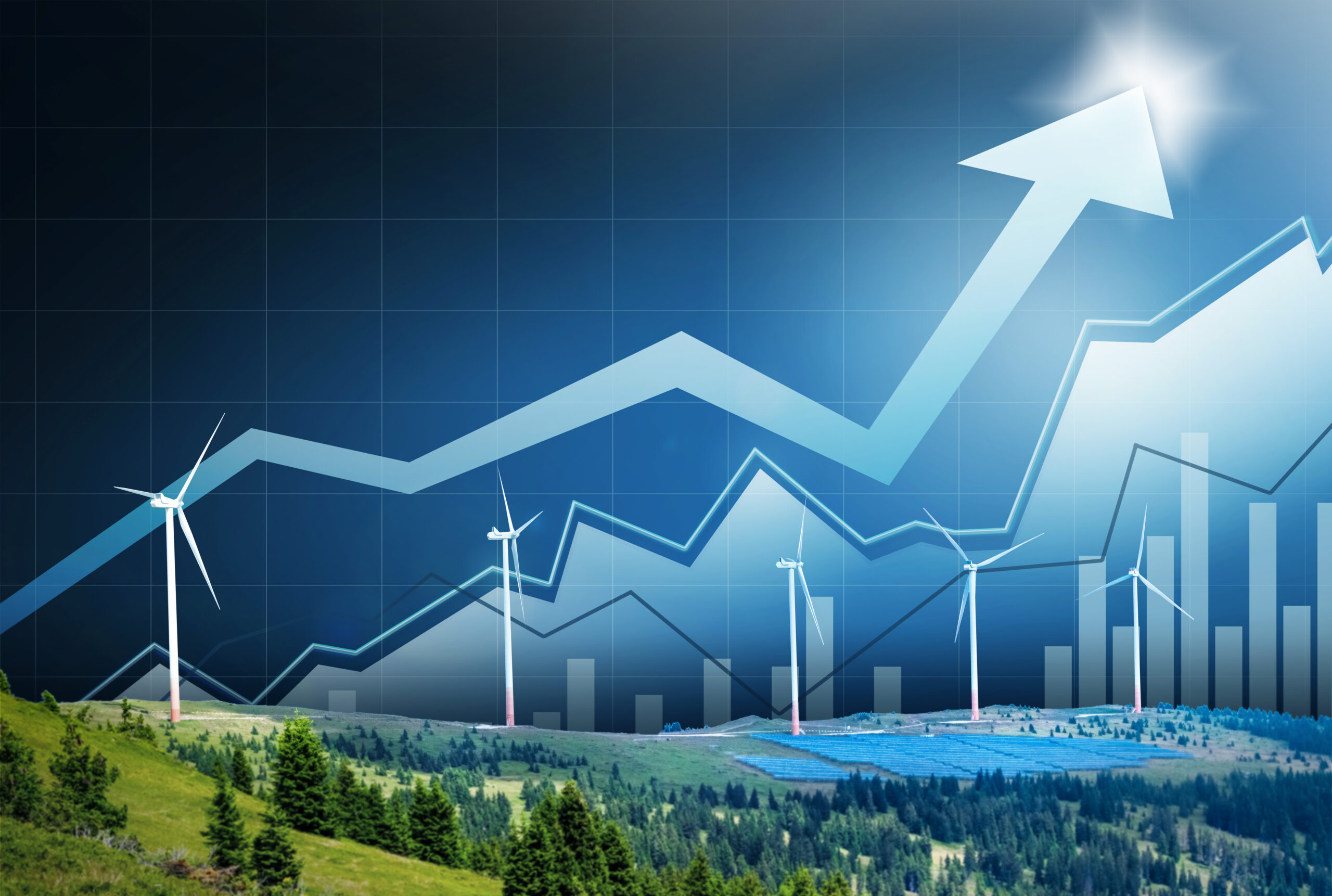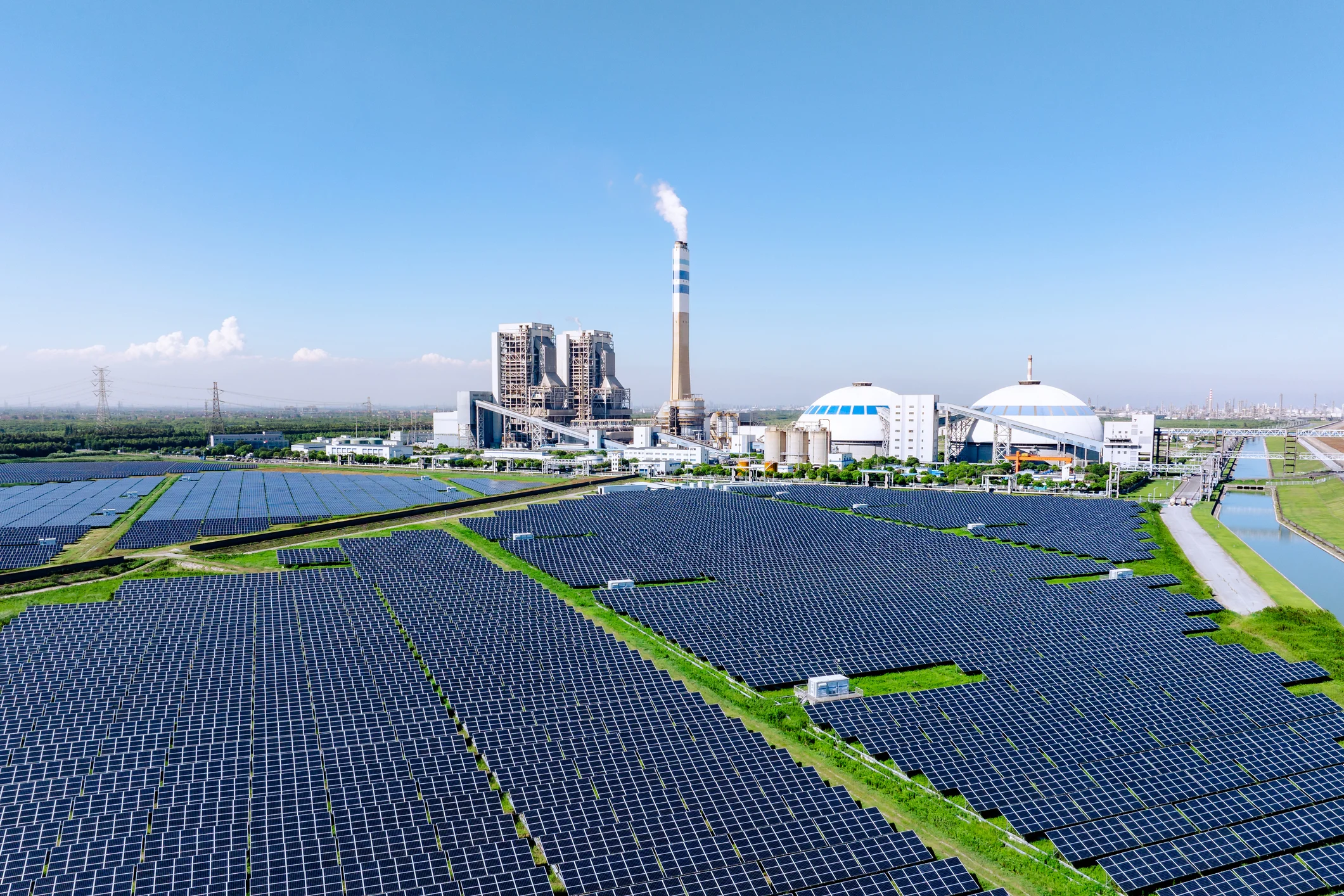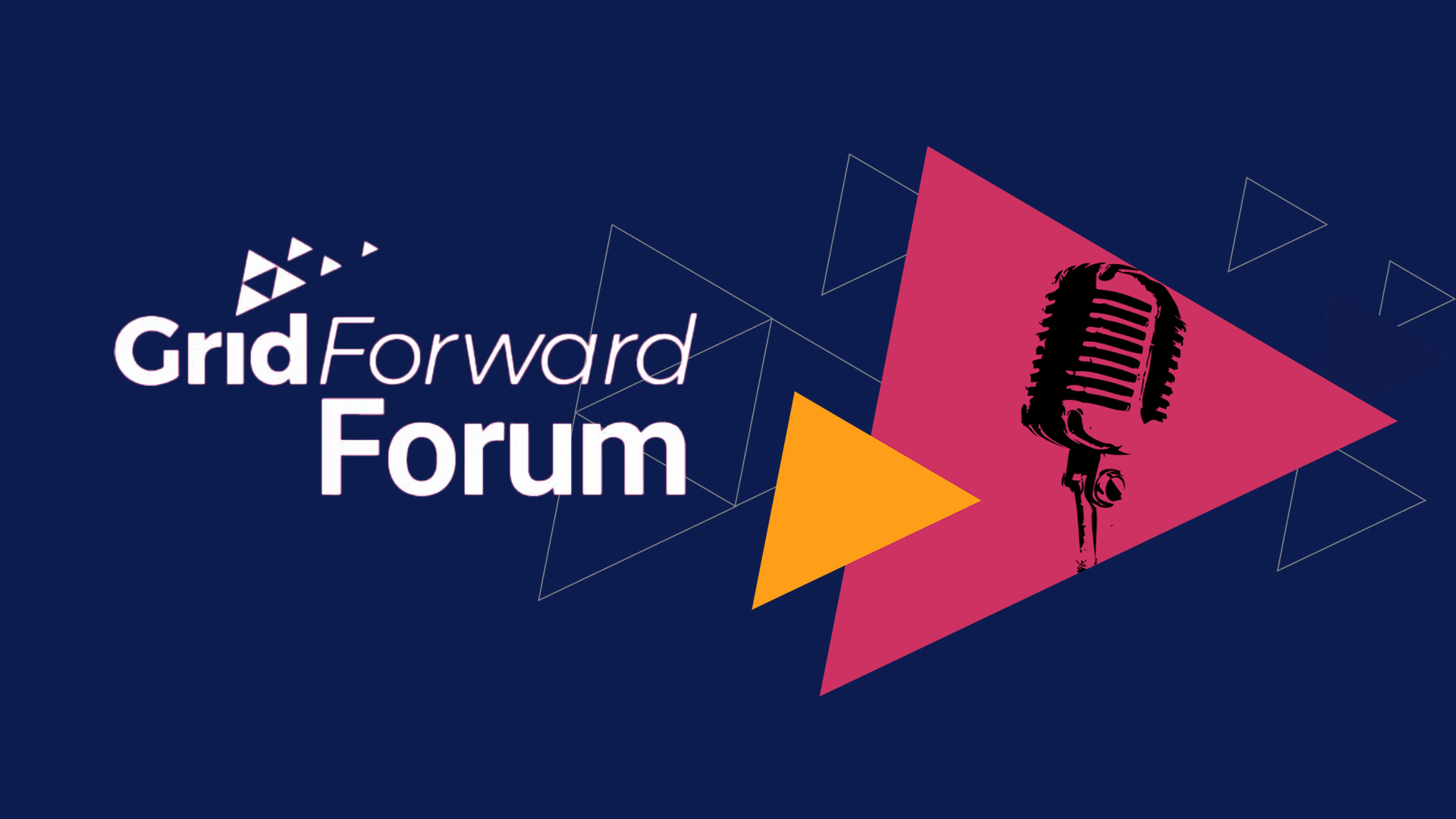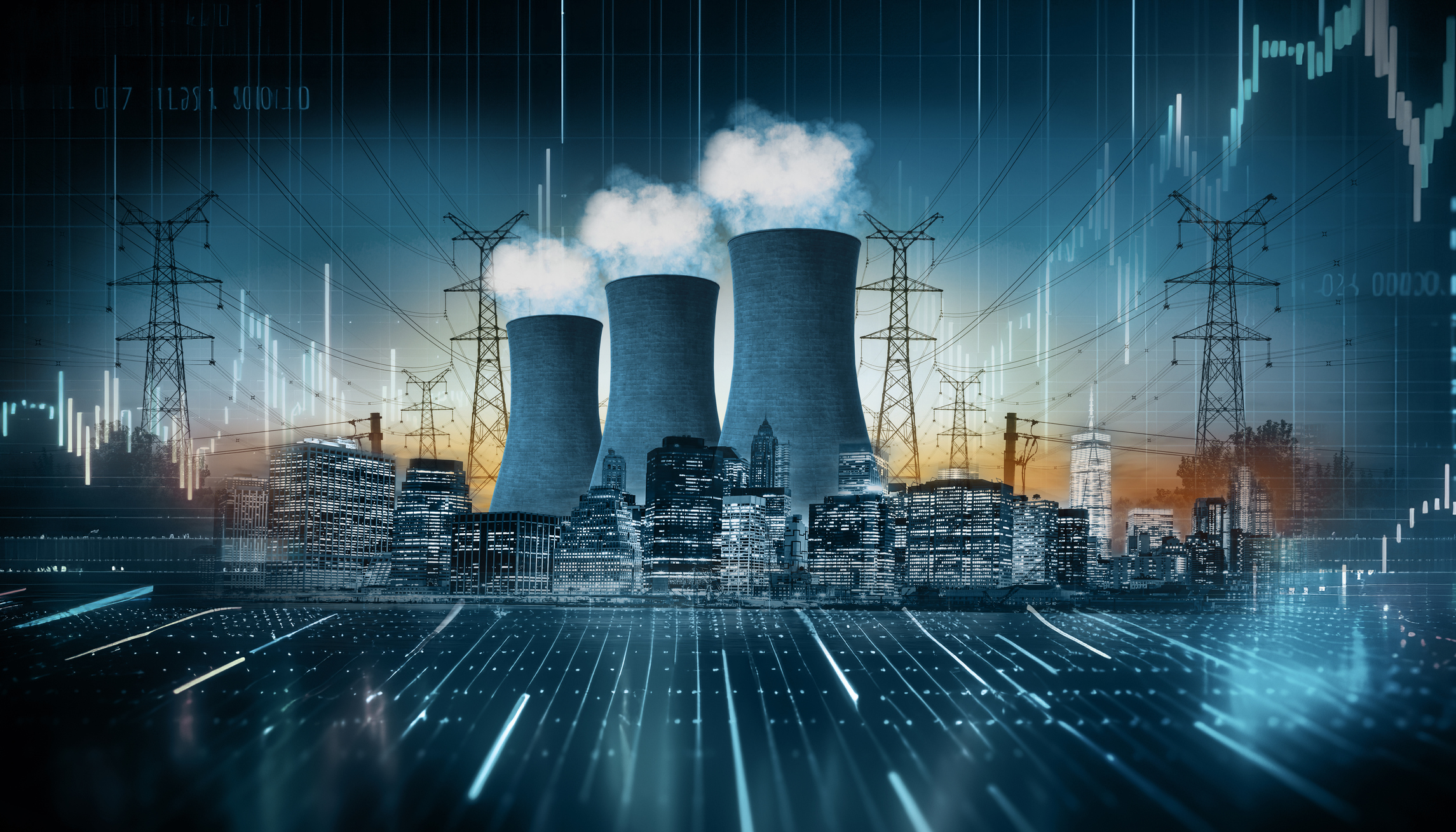The utility and energy industries are at an inflection point that includes necessary and costly infrastructure upgrades, erratic weather caused by climate change, global electrification and decarbonization efforts, and an increasingly complicated grid that supports a growing number of distributed energy resources (DERs) like solar, battery, electric vehicles and EVSE, and smart home devices like thermostats or water heaters. Running parallel to these obstacles is an explosion of new buzzwords to keep up with. In a rapidly changing landscape, it can be difficult to discern between multiple meanings from popular terms such as “demand response” or “virtual power plant.” Now we can add Topline Demand Control which ushers in the next generation of virtual power plants by offering advanced-level, precise, and reliable aggregation of DERs.
In its simplest sense, Topline Demand Control is the ability to precisely and accurately control aggregate demand across a collection of DERs on the grid using a Grid-Edge distributed energy resource management system (DERMS), sustained throughout the demand event window. But what exactly does that mean for utilities, specifically for grid operations? Let’s dive deeper into these related terms and the significance of Topline Demand Control.
What is a Virtual Power Plant (VPP)?
Before we dig into the potential of Topline Demand Control, let’s first define a related term that you’ve undoubtedly encountered before, but may have heard conflicting definitions for. At its base definition, a virtual power plant (VPP) is aggregated distributed energy resources (DERs). Included in that simplistic definition is any type of demand response or demand flexibility program, but it can also encompass a more advanced definition based on the specific type of VPP. The meaning can encompass a wide variety of VPP models and use cases.
For example, a demand response program that controls devices such as smart thermostats or batteries that can offset energy usage during peak times could be considered a VPP. You can also think of a VPP as a collection of devices that offer energy savings or draw upon stored energy supply. The aggregate energy or demand savings act as a “virtual” power plant, replacing the need for traditional energy purchases to provide the same amount of energy.
What is Topline Demand Control?
Topline Demand Control is the ability to intelligently dispatch, control, and optimize DERs during a virtual power plant (VPP) event to provide a specified aggregate load shape (e.g., provide a constant “topline” power output that resembles a supply block to grid operators). Think of this control as an advanced, next-generation virtual power plant that expands the use cases and reliability of DER control at the global operations level of a utility.
In contrast to traditional virtual power plants, Topline Demand Control offers utilities the ability to determine a precise and accurate amount of output available from devices throughout a specified duration. Existing VPPs function by setting parameters (e.g. event duration, plus device activity such as lowering a smart thermostat a few degrees or optimizing EV charge time, etc.) and then waiting to evaluate the total output collected at the end of an event. Topline demand control allows you to forecast the precise amount of energy available and control the topline results for a sustained duration, down to the individual device level.
To quote Virtual Peaker founder and CEO, Dr William Burke, “Topline Demand Control changes the paradigm by which devices are controlled. Instead of having program managers think about sending set points to devices, they think about what they want the aggregate load shape to look like. We give the utility tools to understand the possibilities of the aggregate load shape and to plan what they want the aggregate load shape to look like, specifying exactly how much load should be dispatched at each point in the planning window.”
How Do You Define Topline Demand?
Topline demand is the instantaneous total aggregate demand for a collection of DERs on the grid. In contrast to traditional virtual power plants, which set behavior parameters for a window of time across a variety of controlled devices, and ask for general energy savings from that collection of resources, Topline Demand Control is the request and receipt of a specific output over a set period. Another way to think about topline demand is the total, exact amount of load available from a variety of residential smart devices. Grid operators and system planners can view topline demand as a set energy block that’s available via controlled demand or battery storage, just like other methods of energy production such as a gas turbine.
– Stacia Secreriat, Digital Marketing Manager, Virtual Peaker
To again quote our imminently quotable Dr. Burke, “[Topline demand control] This allows utility operators the ability to think about DERs with similar analogies to generators. They have supply blocks that are reliable and controllable. They know when they can use those supply blocks and they can fit them in with the rest of their generation stack. Before Topline Demand Control, that level of operationalization was effectively impossible because DERs were not as observable or controllable as generators.”
What is Topline Demand Control Conclusion
Topline Demand Control provides grid operators with the tools they need to operationalize distributed energy resources (DERs). With Topline Demand Control, grid operators can access reliable, aggregate demand savings that remove the guesswork from demand flexibility programs. Now, utilities will know the aggregate demand that they will receive upon program completion, making DERs bankable assets.






